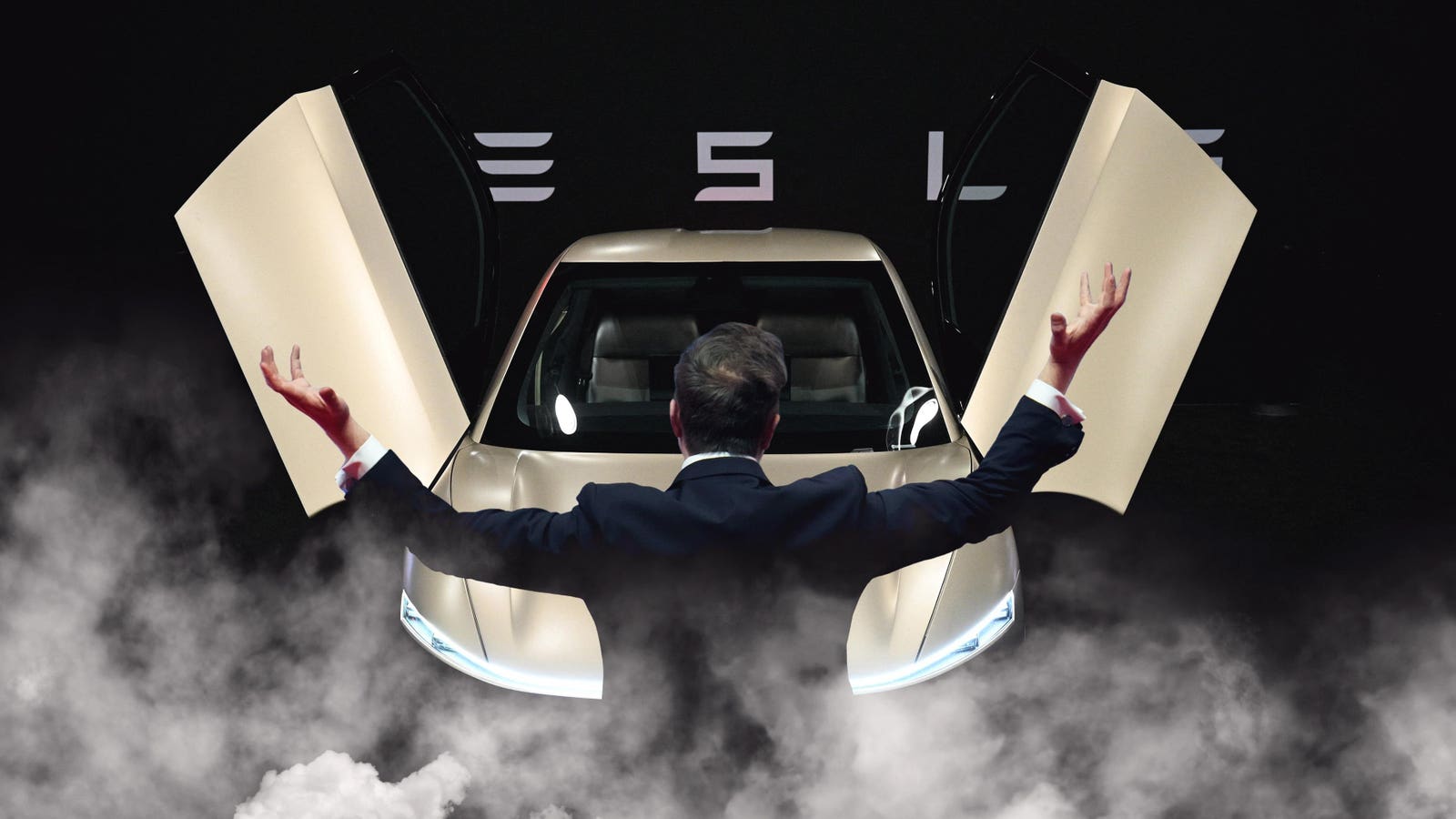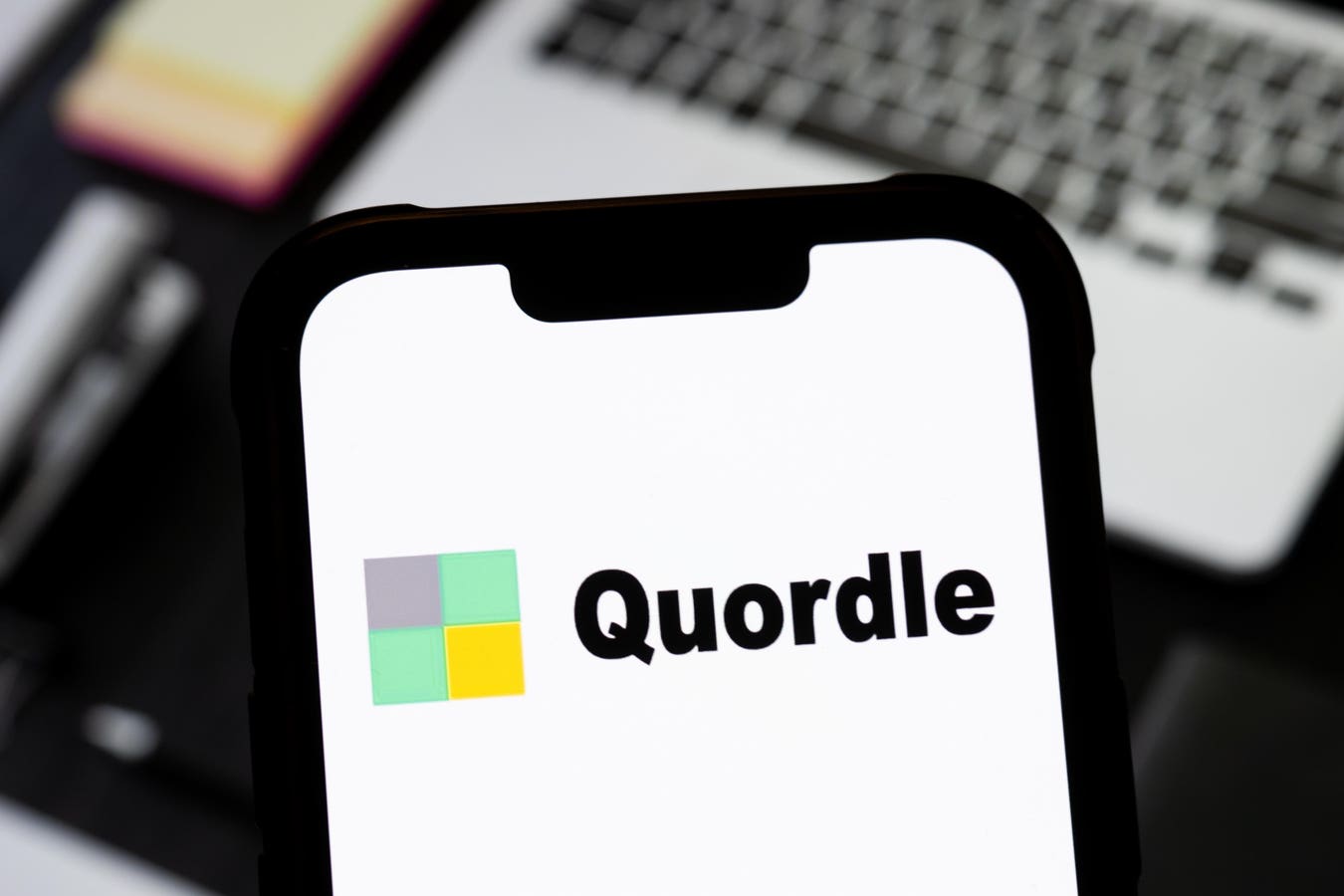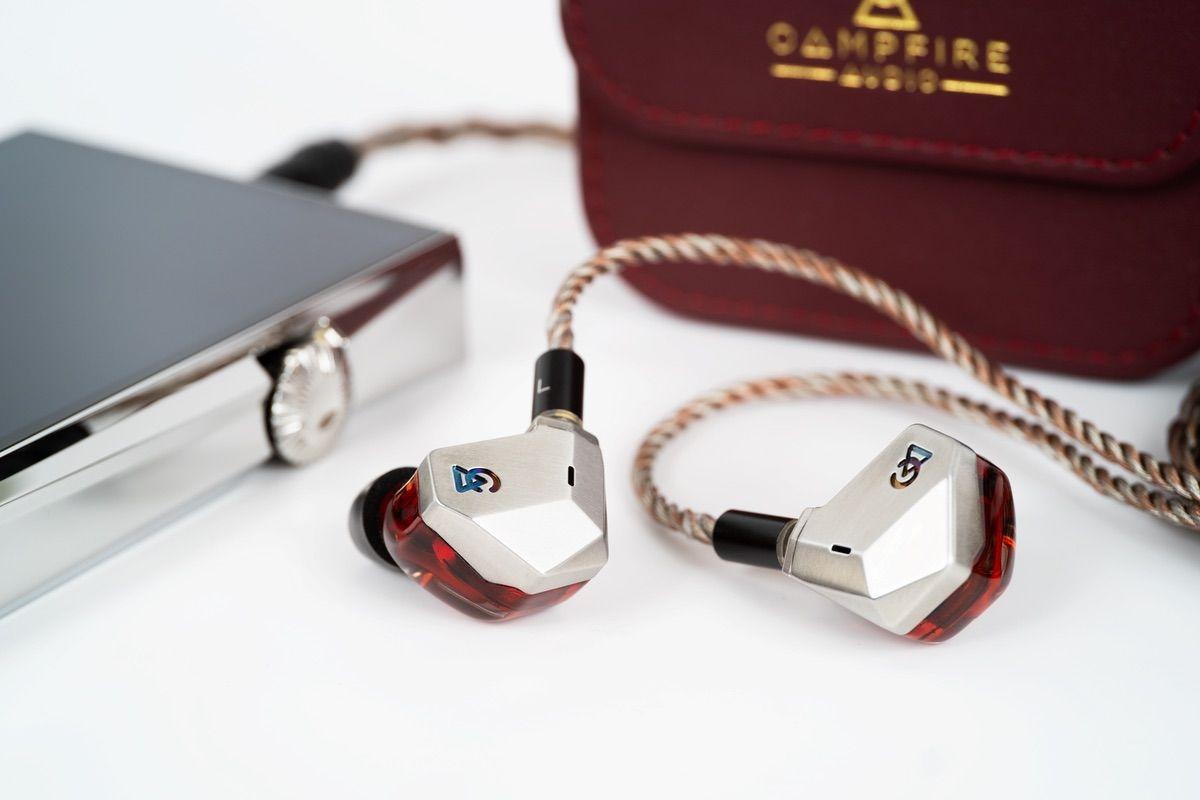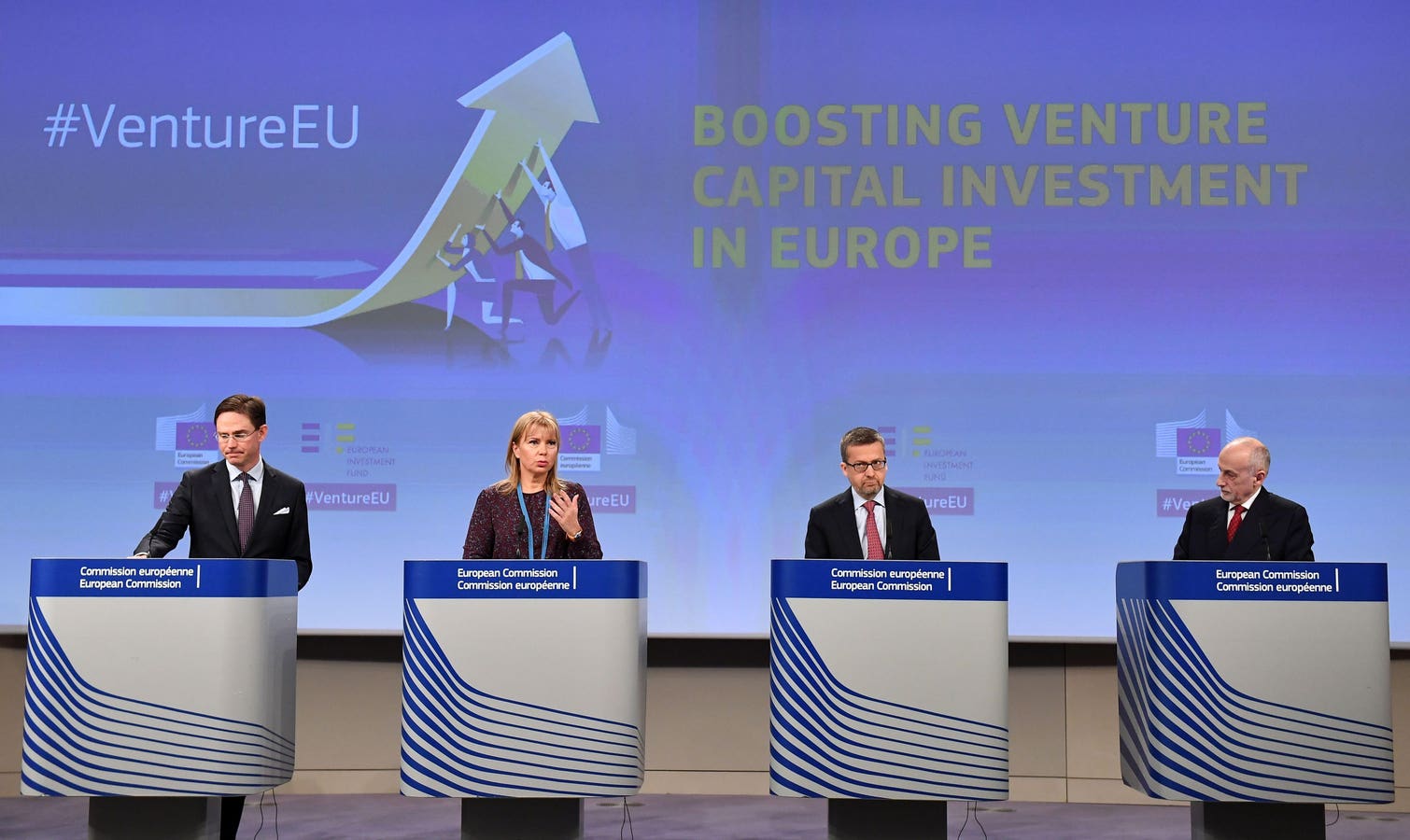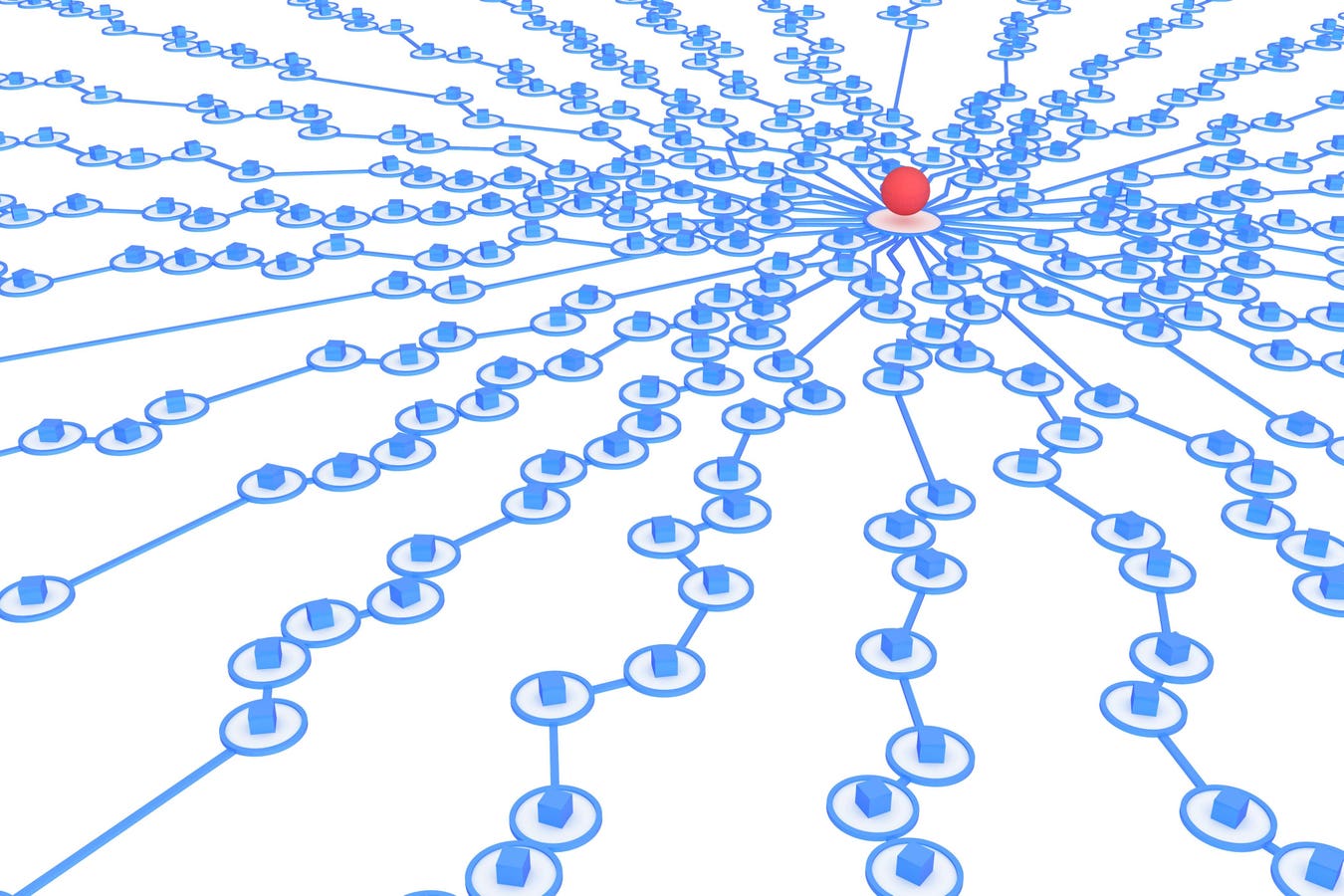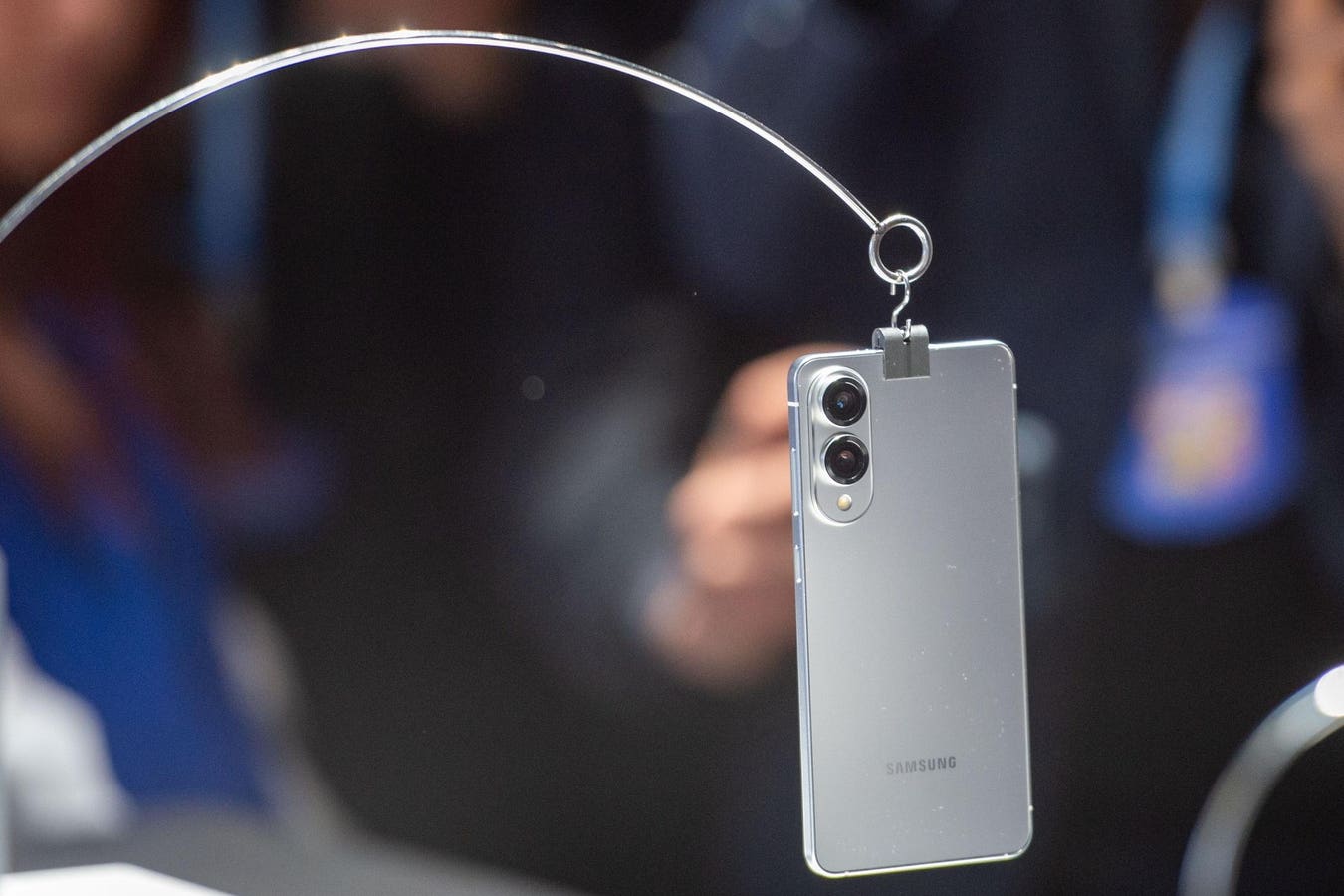The company has avoided major legal problems for fatal accidents involving its partially automated Autopilot and FSD features. A fully autonomous ride service changes that.
Elon Musk’s tightly controlled Tesla robotaxi pilot program in Austin has managed to go 16 days without a major accident. But on June 24, a Model Y in its test fleet dinged a parked Toyota Camry outside a popular pizza parlor. It was a minor thing, but what if the car had hit a person instead?
Bullish Tesla investors are counting on Musk’s robotaxi dream to create a vast new revenue stream from autonomous rides. That may happen, but it also creates a risk the company hasn’t faced before: legal liability from self-driving tech failures. Tesla owners hoping to make money Airbnb-ing their cars in a company-run robotaxi ride service Musk has touted for years could be on the hook as well.
“There will be some cars that Tesla owns itself … but then for the fleet that is owned by our customers it will be like an Airbnb thing. You can add or subtract your car to the fleet whenever you want,” Musk said at Tesla’s shareholder meeting last June. “Just one tap on the Tesla app and you can add your car to the fleet and it makes money for you while you’re gone.”
But Tesla owners hoping to cash in have more to consider.
“Can I imagine a lawsuit against the owner of the car? Absolutely,” said Mike Nelson, an attorney who says he’s been involved in over a thousand Tesla-related accident cases and whose startup, QuantivRiv, analyzes sensor and computer data from crashes. In addition to suing Tesla in future robotaxi accident cases, he sees lawyers coming after Tesla owners: “Plaintiff’s attorneys are going to say something like, ‘the car was not properly maintained’ or ‘you misrepresented the condition of the car.’”
“If a Tesla robotaxi is involved in a crash, does the owner have to get out of bed at 3 AM and drive across town to the scene to talk to the police?”
Assuming Tesla’s robotaxi tech is truly ready for commercial use, which many autonomous vehicle experts doubt, the pitch by the world’s wealthiest person to owners to monetize their vehicles may excite some. It could also prove to be the latest in an impressive cascade of ill-starred Musk pipe dreams: hyperloops, solar roofs, $2 trillion in government DOGE cuts. And while Musk has been vocal about how game-changing Tesla’s robotaxi plans are for the company’s future, particularly as its EV sales stall, he’s said little about how it will actually run.
“The big question is whether Tesla will provide a support organization as part of the robotaxi network arrangement,” said Phil Koopman, a Carnegie Mellon University professor who studies autonomous vehicle technology. “If a Tesla robotaxi is involved in a crash, does the owner have to get out of bed at 3 AM and drive across town to the scene to talk to the police?”
Robotaxi Liability
For a decade, Tesla has warned drivers using its Autopilot and Full Self-Driving (FSD) features that they don’t truly provide either. Drivers must be vigilant and ready to take control of the vehicle at all times. That’s why the company wasn’t held legally responsible for famous Autopilot failures, including the 2016 crash in Florida that killed Tesla owner Joshua Brown or a March 2018 accident when Walter Huang died after his Model X drove straight into a concrete median in Mountain View, California. That won’t be the case if someone is injured or killed in a Tesla operating in robotaxi mode since the company’s tech is solely in control.
“Robotaxi is a mobile lounge where you can relax with a drink, and watch a movie, even sleep,” Musk said in a post on Facebook. Tesla didn’t respond to a request for comment on how it will handle liability issues if a passenger drinking or sleeping in one of its self-driving vehicles is involved in a crash.
“Liability should be on the manufacturer or the designer, and the standard for liability should be the same as for a human”
Waymo, the leading robotaxi operator, has a simple policy. In the event of an accident in which it’s deemed to have responsibility, it assumes liability, the company said. It also provides medical payment coverage to all of riders, regardless of who’s at fault in a collision.
William Widen, a law professor at the University of Miami who studies and writes about legal implications for autonomous vehicles, said that’s the right approach. But the bigger question is: “What is the standard for liability with this technology?”
In the case of robotaxis, the technology is running ahead of laws and regulations for how to deal with them when things go wrong. Widen argues that we need a new nationwide standard for AI software: when accidents happen, we should treat it exactly like a human.
“Liability should be on the manufacturer or the designer, and the standard for liability should be the same as for a human,” Widen said. In court, “you’d reconstruct the accident for a jury–that’s who we trust with an ordinary fender bender to judge whether a human driver behaved reasonably or not. Have them do exactly the same thing with a computer driver.”
“Riders may not always be delivered to their intended destinations or may experience inconveniences, interruptions, or discomfort related to the Robotaxi.”
Despite Musk’s hype, it’s not clear when Tesla’s Austin robotaxi pilot, so far opened to only a small number of pre-selected riders, will scale up. The company created a dedicated app for those early riders to hail cars in the service area, with users having to agree to terms that most are probably not reading closely. For example, they’re warned that “riders may not always be delivered to their intended destinations or may experience inconveniences, interruptions, or discomfort related to the Robotaxi.” Additionally, the terms state that robotaxis shouldn’t be used to provide emergency transportation and that riders in the pilot program will need to arbitrate any dispute.
Currently, both Uber and drivers on its platform can be liable when an accident occurs while carrying a passenger or delivering food, and industry experts expect the same to be true for Tesla and vehicle owners who place their cars in its future robotaxi network.
But given how new the idea of Airbnb-ing your autonomous vehicle is, those owners may have trouble insuring their would-be moneymakers.
“I think you’d be pretty hard-pressed to get a friendly response from insurers on that”
“To have a personal auto insurance customer who’s going to build up a fleet of self-driving cars and let them out onto the road to generate some money, that combination I think would confound people a little,” said Ben Lewis, a vice president with Simulytic, which helps insurance companies create policies for autonomous vehicle fleets. “I think you’d be pretty hard-pressed to get a friendly response from insurers on that, at least for a bit.”
Another issue would be ensuring that individually owned vehicles are in good condition when they’re put into service in a Tesla-run network. Waymo’s 2,000 or so robotaxis in Phoenix, San Francisco, Los Angeles, Austin and Atlanta are closely maintained and monitored, cycling into depots for recharging, cleaning and minor maintenance throughout the day. Tesla has not detailed plans for a similar system, but it would be critical to attract some owners.
“Door dings, wheel scrapes, dirt in the car, wear and tear on the seats, germs. Those things would drive us crazy,” said Loren McDonald, a long-time Tesla owner. “While in theory it could make financial sense to put your car into the robotaxi network, for our family the negatives would outweigh any financial gain.”
Musk boasts that Tesla has a sharp cost advantage over Waymo, owing to how inexpensive its tech is, relying on low-cost digital cameras as its primary sensor, rather than laser lidar, radar and thermal cameras the Alphabet Inc. unit uses that cost thousands of dollars more. But that could be an additional risk in the event of accidents, allowing a plaintiff’s attorney to argue that Tesla cut corners on safety by not using the kinds of sensors that competitors say are essential.
“I would be shocked if it was not alleged,” said lawyer Nelson.
More from Forbes

